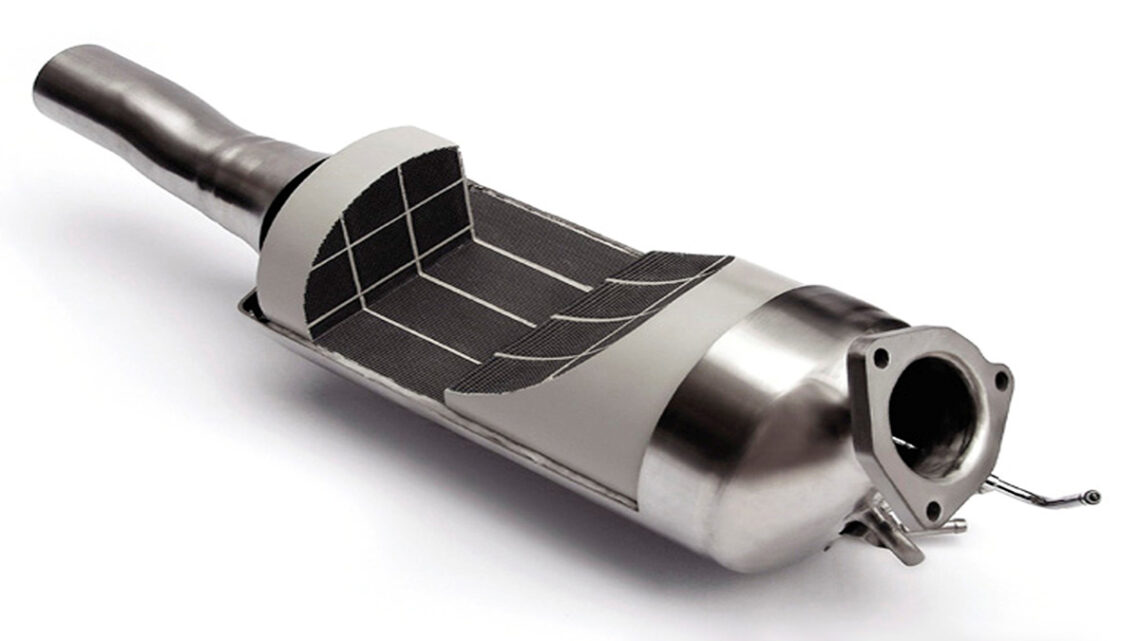Particulate Filter (DPF / GPF)
Particulate Filter (DPF / GPF)
The particulate filter system can indicate a malfunction by means of the engine management and particulate filter light.
In some cases, this can manifest itself in an emergency program of the engine, which causes the car to enter a so-called emergency run.
Most diesel cars and commercial vehicles today are equipped with a diesel particulate filter (DPF).
Its purpose is to allow the exhaust gases to pass through and trap the soot particles.
While this is obviously good for the environment, it also definitely gives disadvantages to the engine, and the repair costs for renewing the particulate filter can be sky-high.
Common problems with a clogged particulate filter:
- When the engine almost does not reach operating temperature, combustion is not optimal and soot particle emissions increase.
This will cause the saturation of the particulate filter system to apply faster.
- Because the engine does not reach operating temperature, the particulate filter will reach too low a temperature to start the regeneration process.
As a result, the particulate filter will clog up. As a result, the engine power will decrease, the computer will give an error message and your car will have to go to the dealer for repair.
The dealer can use forced regeneration to clear the particulate filter.
Repeated or late intervention can result in damage to the particulate filter and possibly the turbocharger.
This will shorten the life of the particulate filter.
Your car will consume too much fuel which will lead to high monthly costs.
Benefits of particulate filter removal:
- No more problems and possible costs of the particulate filter system
- No back pressure on the motor which will generate more torque
- Lower fuel consumption

